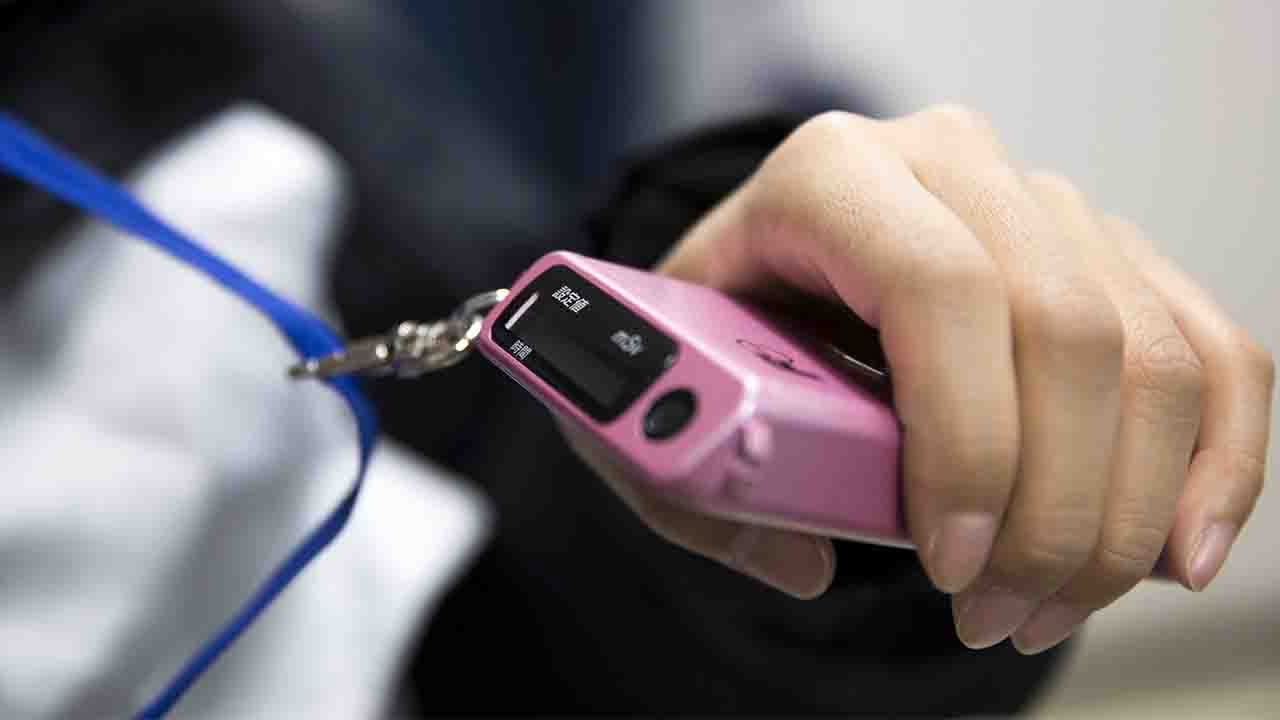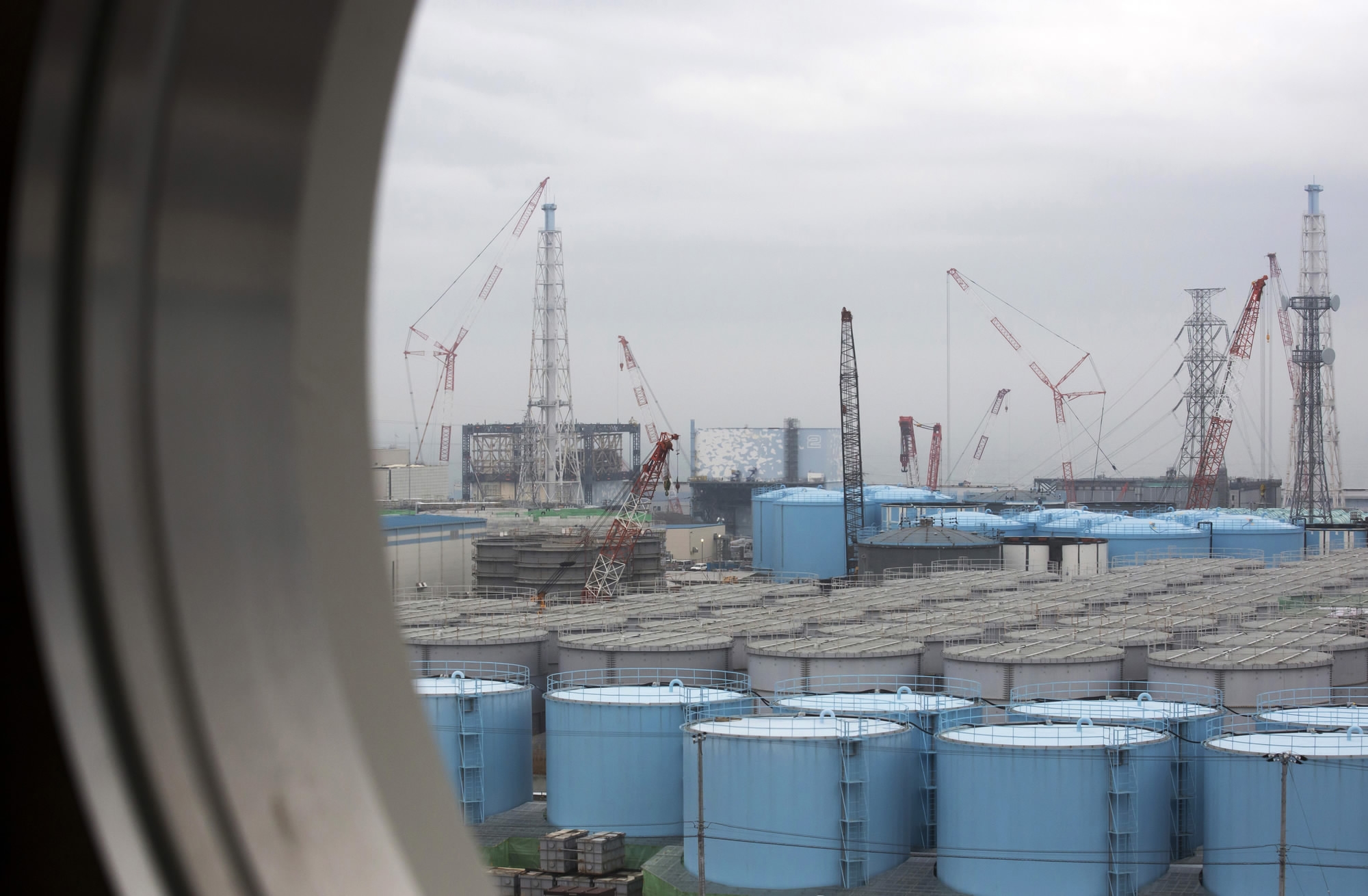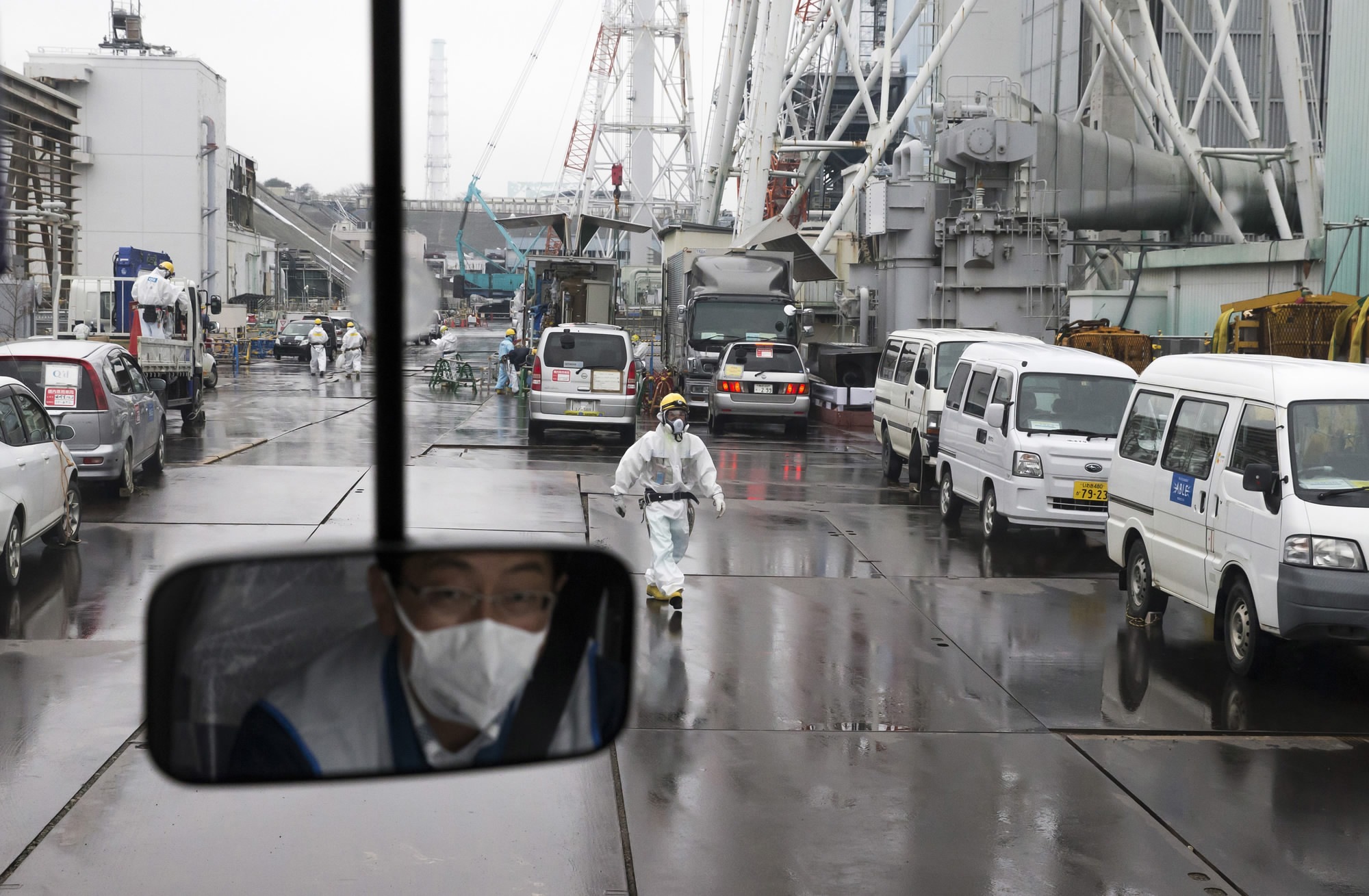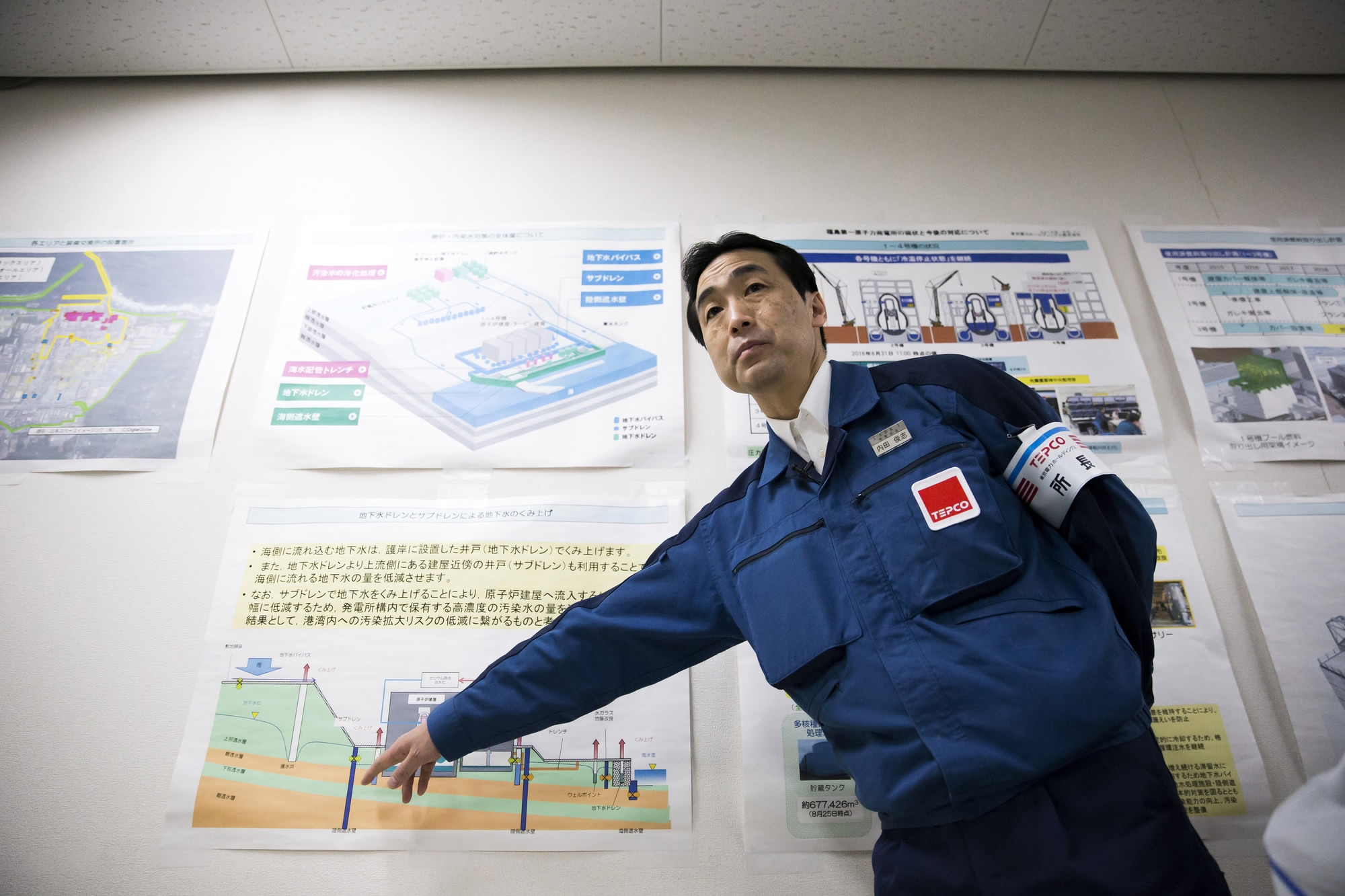
China
21:10, 25-Feb-2017
Record radiation in Fukushima raises concern among residents
Updated
10:53, 28-Jun-2018

Six years after the Fukushima nuclear disaster, the incident still casts a shadow over life the region. Many who live there have made it part of their routine to monitor radiation levels.
"I've been closely watching the monitoring data and there seem to be no big changes lately,” said a local aged man, “However, some people, typically families with children, are still worried and some have moved to other places."
The latest probe by the Tokyo Electric Power Company (TEPCO) suggests the level of radiation in the Number Two reactor has soared to 650 Sv/h -- a radiation level that can kill a person within seconds.

Storage tanks for contaminated water stand at Tokyo Electric Power Co.'s (TEPCO) Fukushima Dai-ichi nuclear power plant in Okuma, Fukushima, Japan, on February 23, 2017. /CFP Photo
Storage tanks for contaminated water stand at Tokyo Electric Power Co.'s (TEPCO) Fukushima Dai-ichi nuclear power plant in Okuma, Fukushima, Japan, on February 23, 2017. /CFP Photo
But the company has assured residents that radiation in the reactor does not mean higher radiation in surrounding areas.
Takahiro Kimoto, Deputy Director of Nuclear Department at TEPCO said that "there have been no big changes in the radiation levels in the surrounding areas. Once we find something abnormal, we will report it to the local government and media in no time, and reveal it to the public."

A worker wearing a protective suit and a mask walks through Tokyo Electric Power Co.'s (TEPCO) Fukushima Dai-ichi nuclear power plant in Okuma, Fukushima, Japan, on February 23, 2017. /CFP Photo
A worker wearing a protective suit and a mask walks through Tokyo Electric Power Co.'s (TEPCO) Fukushima Dai-ichi nuclear power plant in Okuma, Fukushima, Japan, on February 23, 2017. /CFP Photo
There are other concerns as well.
Farm products from Fukushima need to pass various inspections before reaching the market. But many worry contaminated goods are still finding their way onto people's plates.
Yasuhiro Kato Manager of Fukushima Specialty Store said "Some rice from Fukushima can't be found at the supermarket. It's sold directly to companies and school canteens, or senbei processing factories. The wholesale prices are lower so it's easier to enter the market."
A report from the International Atomic Energy Agency says it is hard to estimate the potential damage of the nuclear disaster due to a lack of information.
There is still no precise plan for TEPCO to decommission the plant, as nuclear reactions continue to take place inside.

Shunji Uchida, plant chief at Tokyo Electric Power Co.'s (TEPCO) Fukushima Dai-ichi nuclear power plant, makes a presentation to visitors in Okuma, Fukushima, Japan, on February 23, 2017. /CFP Photo
Shunji Uchida, plant chief at Tokyo Electric Power Co.'s (TEPCO) Fukushima Dai-ichi nuclear power plant, makes a presentation to visitors in Okuma, Fukushima, Japan, on February 23, 2017. /CFP Photo
A plan will be put in place for Japan's stricken Fukushima nuclear plant to extract highly radioactive fuel from the damaged reactors, according to operator Tokyo Electric Power Cooperation.
As data collected from camera probes indicate radiation levels at record highs, it has been decided to remove the molten fuel this summer.
This process could take nearly 40 years.
Three reactors at the Fukushima plant were damaged in 2011 due to a powerful earthquake and an ensuing massive tsunami off Japan's northeastern coast. Radiation has spread over a wide area, and tens of thousands of people have had to leave their homes.
2094km

SITEMAP
Copyright © 2018 CGTN. Beijing ICP prepared NO.16065310-3
Copyright © 2018 CGTN. Beijing ICP prepared NO.16065310-3